Creating a high-quality dump body trailer involves several steps, considerations, and technical specifications. In this guide, we break down the process into manageable segments, ensuring you understand each stage and can execute it effectively. From materials selection to assembly and safety, we aim to provide an extensive understanding of constructing a dump body trailer that meets industry standards.
Understanding Dump Body Trailers
What is a Dump Body Trailer?
A dump body trailer is a specific type of vehicle designed to transport loose materials such as dirt, gravel, or sand. Equipped with a hydraulic system, it allows for easy unloading of cargo by tilting the body. This functionality is crucial in various industries, including construction, landscaping, and waste management.
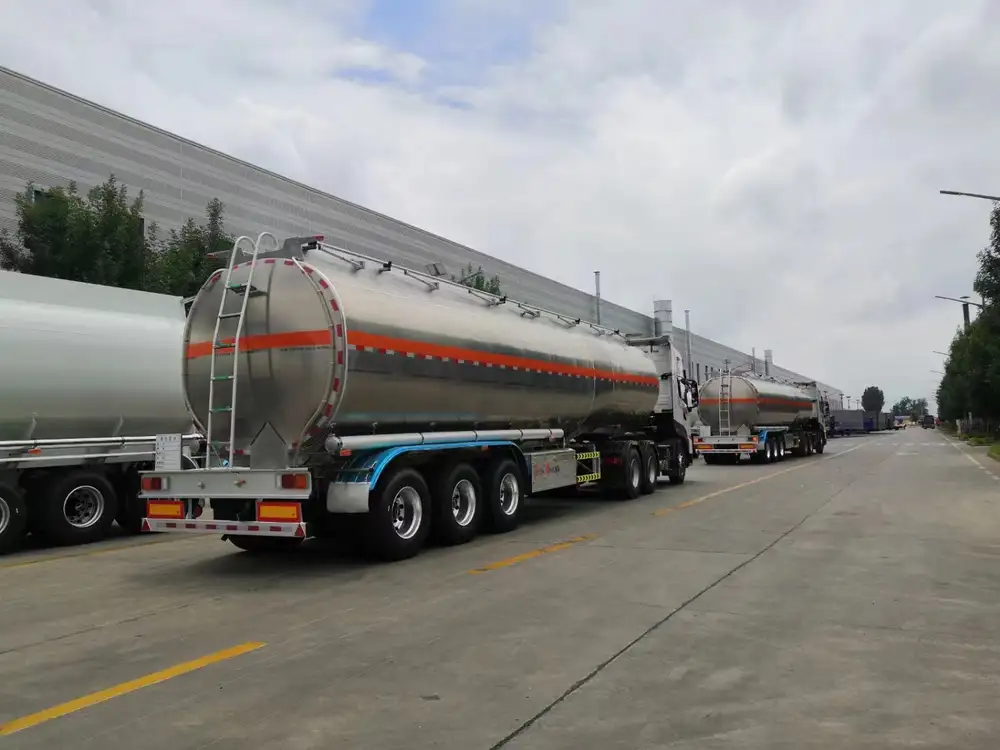
Key Components of a Dump Body Trailer
To construct a dump body trailer, it is essential to familiarize yourself with its primary components:
- Trailer Frame: The structural backbone that supports all other components.
- Dump Body: The container that holds the materials being transported.
- Hydraulic System: The mechanism that controls the lifting of the dump body.
- Axles and Suspension: Essential for stability and weight distribution.
- Tires: Need to be suited for the terrain and weight load.
- Safety Features: Include brakes, reflectors, and lighting for safe operation.
Step-by-Step Process of Making a Dump Body Trailer
Step 1: Planning and Design
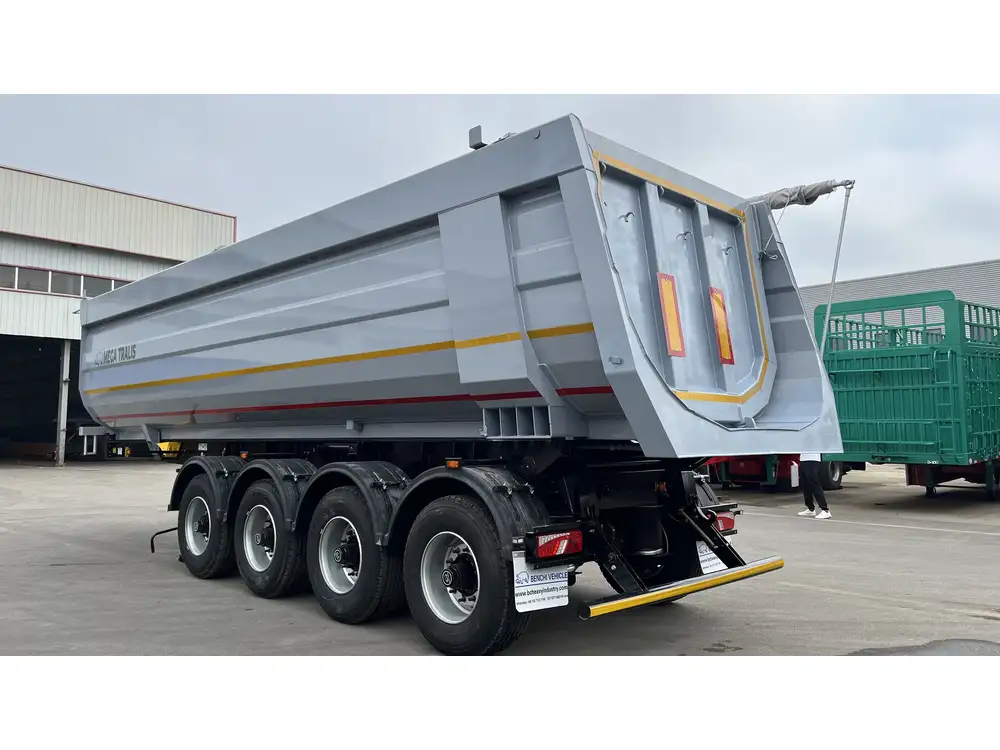
Determining Specifications
Your first move involves determining the specifications based on your intended use and the regulations in your area. Key considerations include:
- Size: Standard sizes vary, but common options are 12, 14, or 16 feet in length.
- Weight Capacity: Ensure the trailer can carry the intended load without compromising structural integrity.
- Material Choices: Decide between steel, aluminum, or other composites based on durability and weight.
Drafting a Blueprint
Create a detailed design blueprint highlighting:
- Dimensions: Exact measurements of all components.
- Structural Layout: Include reinforcements for high-stress areas.
- Hydraulic System Configuration: Specifics on the positioning of hydraulic lift cylinders.
Step 2: Gathering Materials and Tools
Here’s a comprehensive list of materials and tools required:
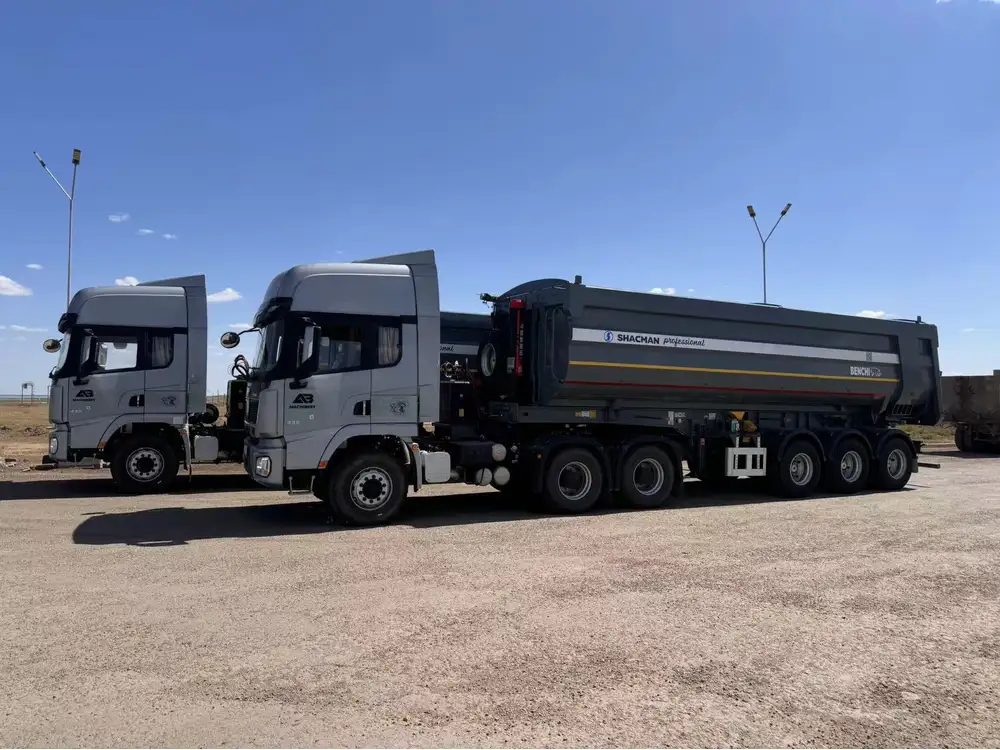
Materials:
| Material | Purpose |
|---|---|
| Steel Plates | For the trailer frame and body |
| Hydraulic Cylinders | Lifting mechanism |
| Hoses and Fittings | Hydraulic system connections |
| Axles | Support weight and allow movement |
| Tires | Necessary for mobility |
| Safety reflectors | Ensure visibility for safety |
Tools:
- Welding Machine: For joining metal components.
- Hydraulic Press: To shape and fit various parts.
- Cutting Torch: To cut steel plates accurately.
- Measuring Tools: Ruler, calipers, and levels for precision.
- Drill: To create holes for fastening.
Step 3: Construction of the Trailer Frame

Cutting the Steel
Utilize your cutting torch and ensure you follow the blueprint precisely. Measure twice and cut once to avoid costly mistakes. Aim for precision in creating:
- Longitudinal beams (sides)
- Cross members (support between sides)
Assembling the Frame
- Weld the Frame: Ensure that the structure is square and level during welding to maintain integrity.
- Check for Alignment: Use levels to assess whether the frame is flat and properly aligned.
Step 4: Building the Dump Body

Fabrication of the Body
- Cutting Steel Plates: Based on your design, cut the plates for the sides, front, back, and bottom.
- Welding Together: Assemble the body in sections and then weld them together, reinforcing the corners and seams.
Installing the Hydraulic System
- Positioning: Mount hydraulic cylinders on both sides of the trailer body, ensuring they have enough clearance to operate.
- Connecting Hoses: Ensure no kinks or bends in hydraulic lines. Secure all fittings tightly.
Step 5: Attaching Axles and Suspension
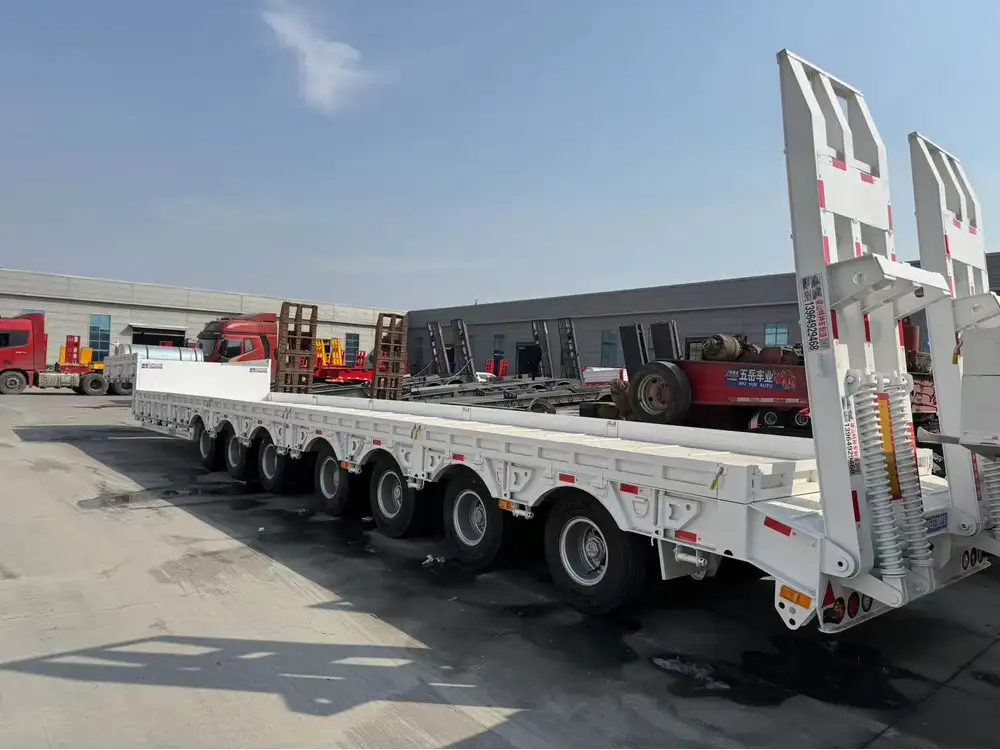
Installing the Axles
- Hanger Brackets: Weld and secure brackets on the trailer frame for axle support.
- Position Axles: Make sure they are spaced evenly and connected properly with leaf springs for suspension.
Nailing Down the Tires
- Mount Tires: Use torque wrenches to secure wheels, ensuring proper tension on bolts to enhance safety.
Step 6: Adding Safety Features

Lighting and Reflectors
- Install appropriate LED lights for visibility.
- Attach reflectors at strategic points for safety regulations compliance.
Brake Systems
- If necessary, incorporate trailer brakes and ensure they meet local regulations. Electric or surge brakes can significantly enhance safety in transit.
Step 7: Final Checks and Testing

Inspecting the Trailer
- Conduct a thorough inspection, checking all welds, bolts, and hydraulic connections.
- Test all electrical systems, including lights and brakes.
Road Testing
Perform a trial run to assess lifting operations and ensure stability during transport. Monitor hydraulic performance and check for any leaks.
Maintenance Tips for Dump Body Trailers
Maintaining your dump body trailer is crucial for longevity and safety. Here are some essential maintenance checks:
- Regular Inspections: Assess all critical components, focusing on the hydraulic system and structural integrity.
- Lubrication: Ensure that hinges, pivots, and moving parts are well-lubricated to avoid wear.
- Tire Maintenance: Check tire pressure regularly and inspect for wear.
- Brake Functionality: Periodically test brake systems to ensure they are responsive.

Frequently Asked Questions (FAQs)
What materials are best for a durable dump body trailer?
Steel is often preferred for its strength and durability; however, aluminum can be advantageous due to its lightweight properties.
How do I maintain the hydraulic system?
Regularly check for hydraulic fluid levels, inspect for leaks, and ensure all connections are secure.
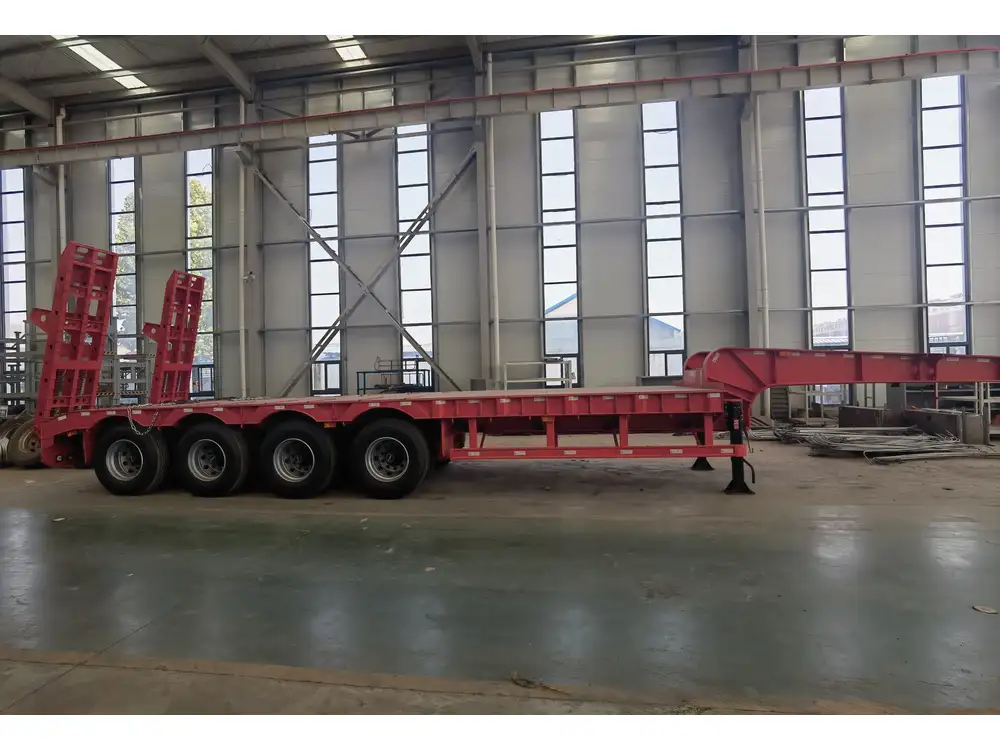
Can I use a dump body trailer for multiple purposes?
While primarily designed for transporting loose materials, with the right adaptations, dump trailers can be versatile and handle various loads.
Conclusion
Constructing a dump body trailer is a multifaceted process that necessitates careful planning, precise execution, and regular maintenance. Understanding the specifications, components, and construction stage ensures a robust and reliable trailer optimized for performance. By adhering to this guide, you can create a dump body trailer tailored to your specific needs, serving its purpose effectively while adhering to safety standards. Whether you are in construction, landscaping, or waste management, a well-built dump body trailer can significantly enhance your operational efficiency.



